-
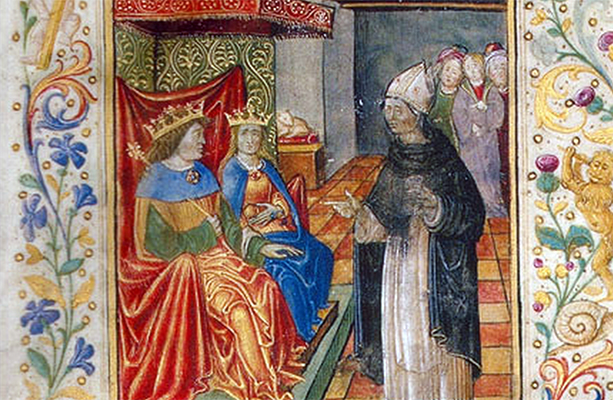
1490
-
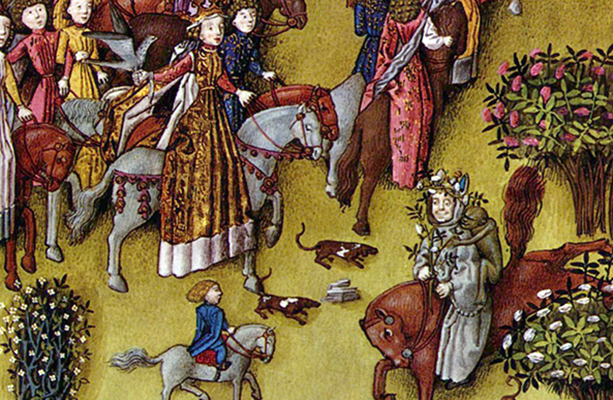
15th century
-

1418
-
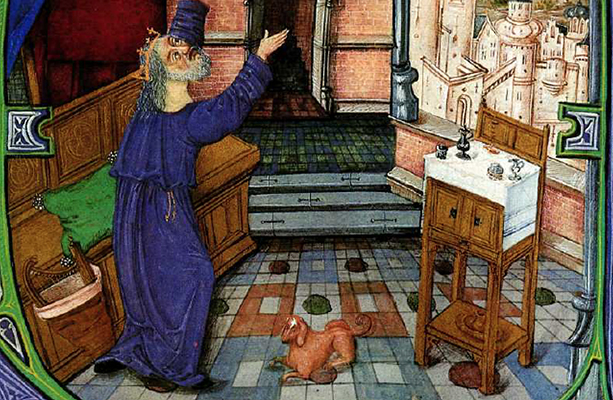
1487
-
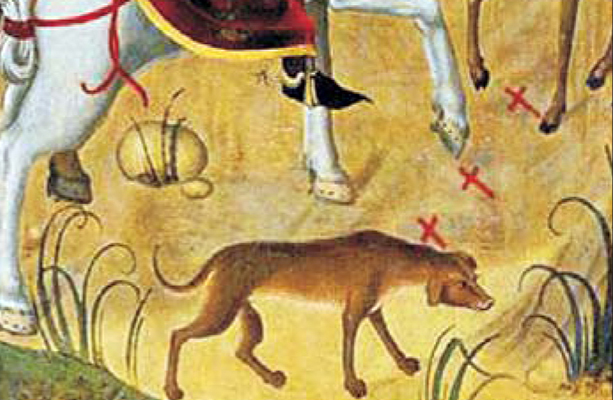
1480
-
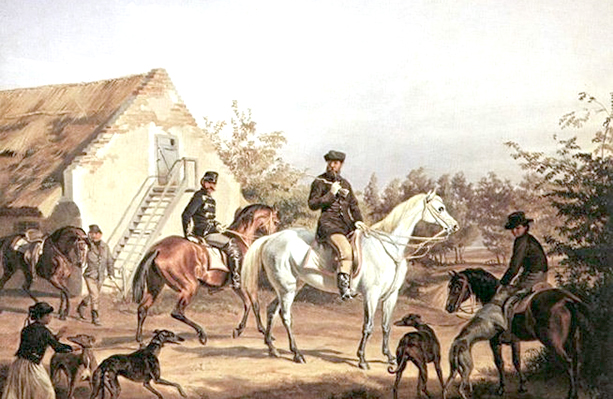
1856
Introduction
Dog, or "Canis lupus familiaris," is the only animal species that has "family" in its scientific name. The nomenclature indicates that, for thousands of years, dogs have been considered to be humans' closest animal ally. Dogs have been in Europe and East Asia for at least 18,000 years, and some studies date dogs' existence in these regions to possibly more than 38,000 years. Domesticated dogs—as we know them today—were an integral part of the agricultural revolution, especially by assisting with hunting and protecting flocks and households.
Nine dog breeds are indigenous to Hungary. They are an essential part of Hungary's national heritage, and the Fédération Cynologique Internationale— the World Canine Organization recognizes all nine. It recognizes six breeds as ancient breeds and three as recently developed breeds. This website highlights these dogs' legendary history in Hungary and the part they've played in Hungarian culture, as well as their versatility as sport dogs and as pets.
Each of the nine Hungarian breeds is highly specialized. Each has been molded by tradition, purpose, and environment to support humans in specific ways. Thus, they can be categorized by their purpose: hunter, shepherd, and guardian. In fact, all are working dogs that have enhanced the quality of life for Hungarians.
The goal of this website is to enhance awareness and knowledge about these dogs. It also provides historical anecdotes that illustrate the significance of the breeds in Hungary's cultural heritage and a worldwide map with information about how many of these dogs are registered by their respective kennel clubs.